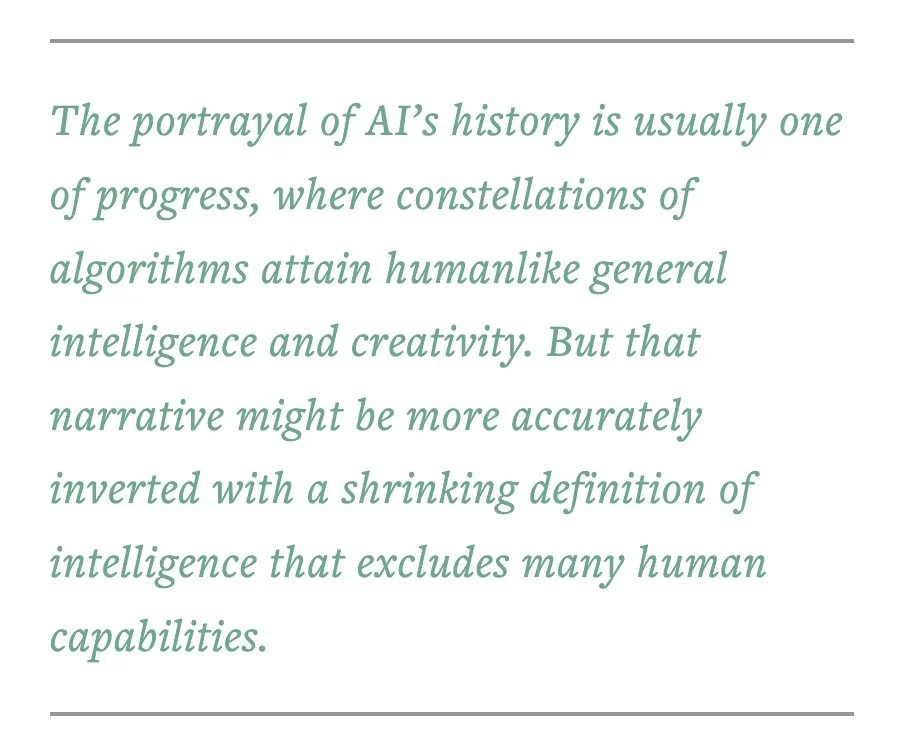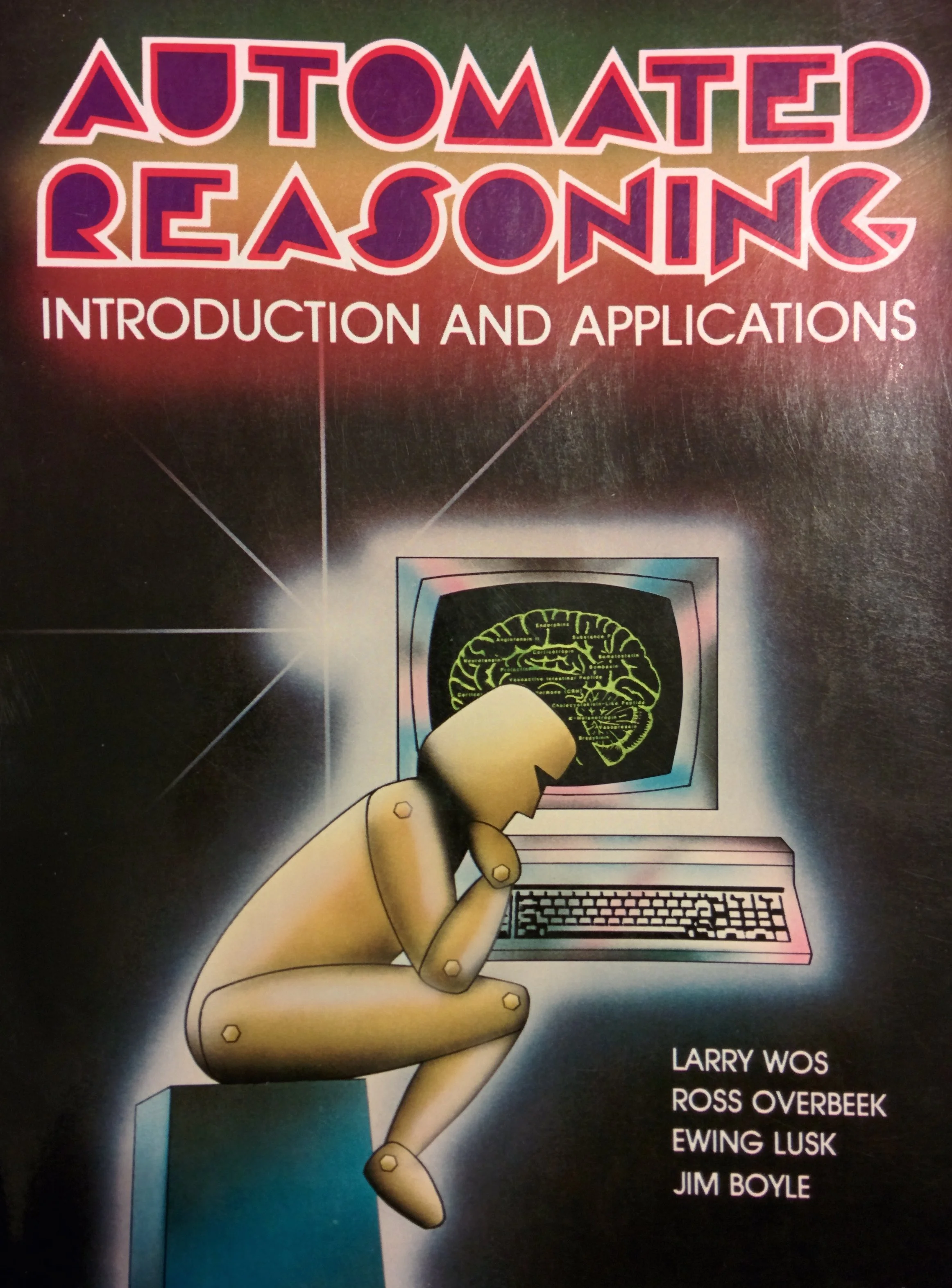Writing
With Wendy Hui Kyong Chun and Matt Canute in Issues In Science and Technology (January 16, 1985).
The narratives trumpeting AI’s progress obscure an underlying logic requiring that everything be translated into the technology’s terms. If it is not addressed, that hegemonic logic will continue to narrow viewpoints, hamper human aspirations, and foreclose possible futures by condemning us to repeat—rather than learn from—past mistakes.
“Computers”
In the Los Angeles Review of Books, Sciences of Dune series eds. Henry Cowles and Harris Durrani (March 27, 2022). Art by Kenneth Mills.
“Once men turned their thinking over to machines in the hopes that this would set them free. But that only permitted other men with machines to enslave them”.
- Reverend Mother Gaius Helen Mohiam
Computers loom large in Cold War science fiction. The world of Dune is an outlier. Indeed, it is the absence of such machines — of computers, robots, and artificial intelligences — that defines Herbert’s imagined universe. In the book’s prehistory, a violent uprising called the Butlerian Jihad overthrew sentient machines, and subsequently banned them in the Orange Catholic Bible, which declares “thou shalt not make a machine in the image of a human mind.” In Dune, the artificial intelligence central to so many imagined futures is, then, a relic of the past.
In '“Mining the Past” in the Harvard Data Science Review (July 1, 2019)
There isn’t a straightforward narrative of artificial intelligence from the 1950s until today. One important arc, however, is that the human exemplar, once the guide and the motivation for artificial intelligence research in its many postwar forms, has largely been displaced from the field, and so too have certain perspectives on what we are meant to know and do with intelligent machines.
In Histories of the Future, created by Fred Gibbs, Erika Milam, Joanna Radin
On December 10, 1996, the New York Times published an article entitled “Computer Math Proof Shows Reasoning Power.” The article followed an announcement that a computer program had solved an open mathematical problem, one that had resisted the efforts of logicians for more than seventy years. The program was called the EQP, for “equational prover,” and it was designed to prove logical theorems. Computers had been used to prove theorems before, as early as the mid-1950s. For the most part, earlier successes were thought to represent comparatively simple problem-solving or mere brute force case checking. But this program, according to its primary architect William McCune, represented a “quantum leap forward”—it exhibited reasoning power. But what was the character of reasoning—that most mathematical of faculties—that the EQP was said to have exhibited?
In the Harvard Data Science Review 7.4 (Fall 2025)
This piece is one of several commentaries on Sabina Leonelli’s article “Environmental Intelligence: Redefining the Philosophical Premises of AI”. In it, I propose that dominant ideas of artificial intelligence have long been shaped by Cold War priorities of prediction, control, and continuity. Tracing the shift from symbolic reasoning to expert systems to machine learning, the essay shows that these paradigms all treated intelligence as something that could be and ought to be abstracted from the messiness of embodied and material life. In contrast, Sabina Leonelli’s notion of environmental intelligence reframes intelligence as relational, ecological, and oriented toward sustaining life rather than mastering it. Using Tega Brain’s Solar Protocol as a touchstone, I explore these calls for reimagining computational systems around interdependence, responsiveness, and care — rather than efficiency or domination.




